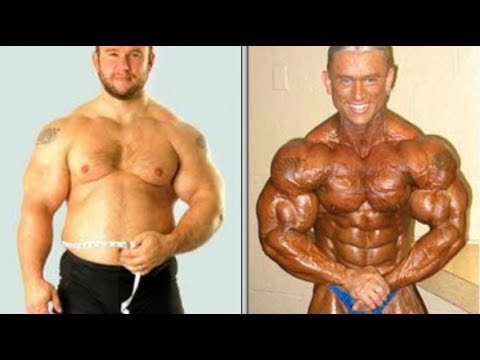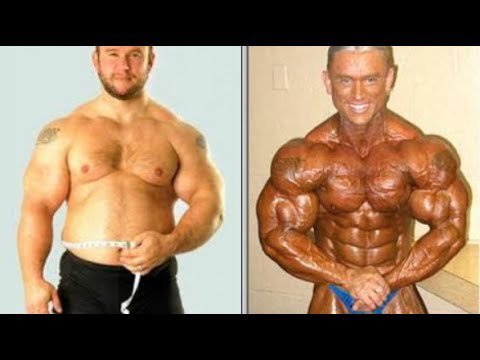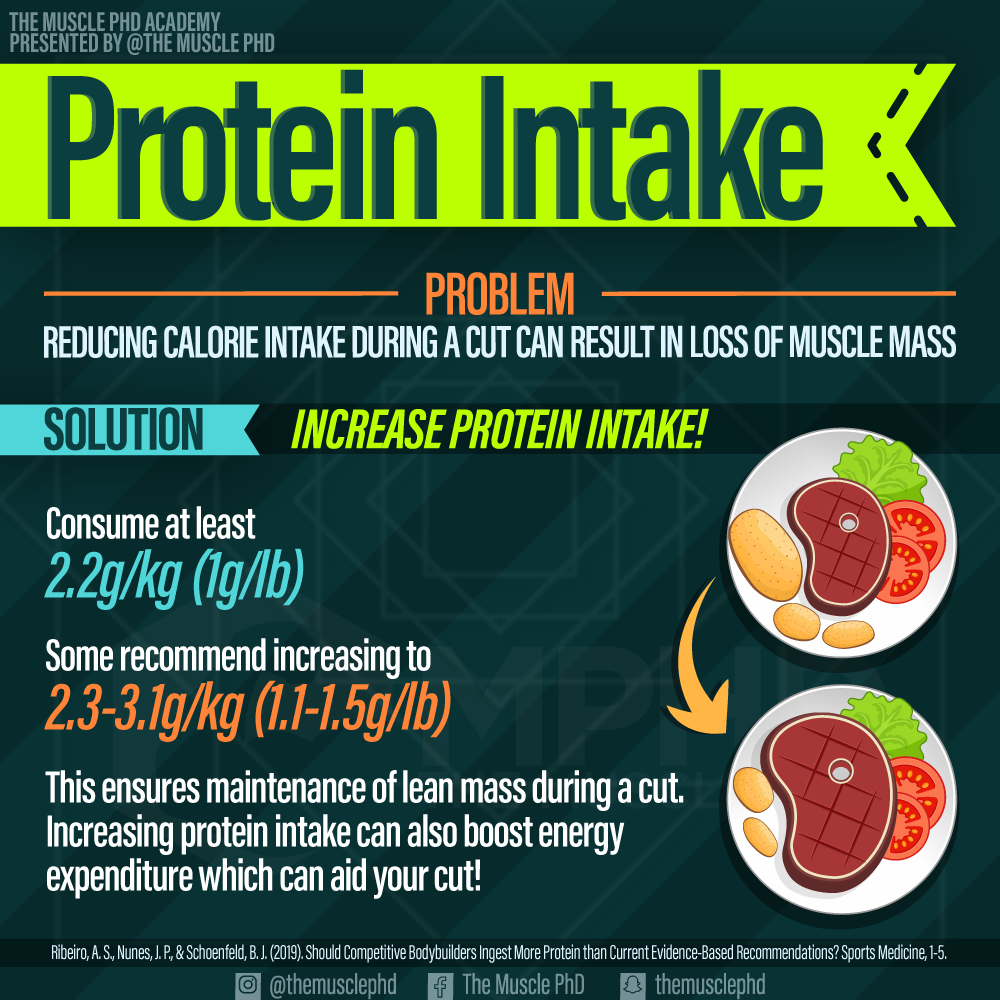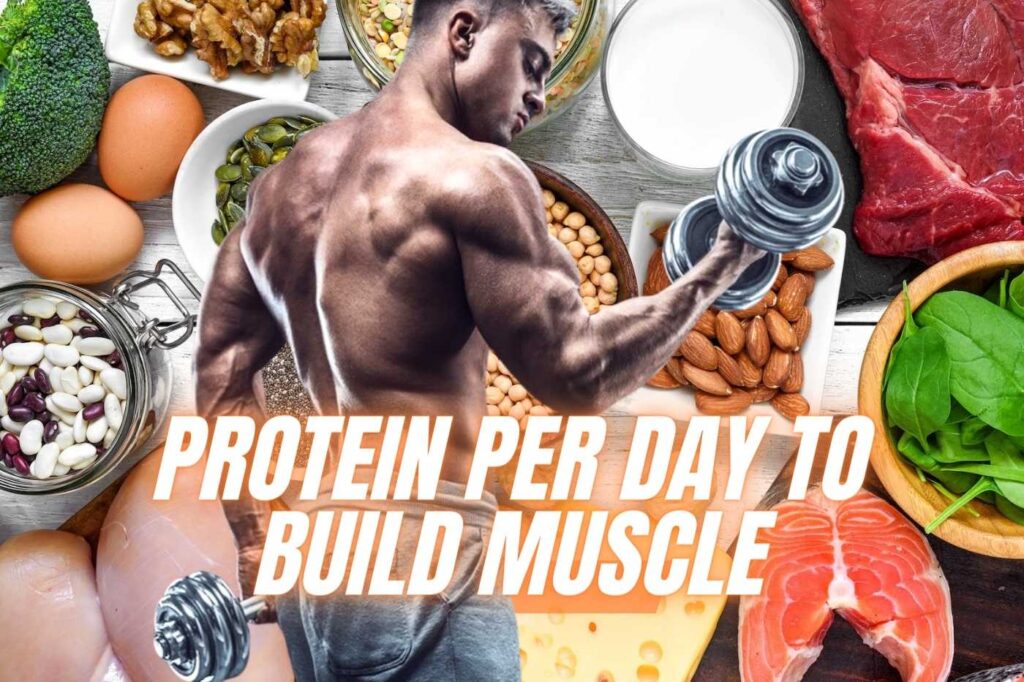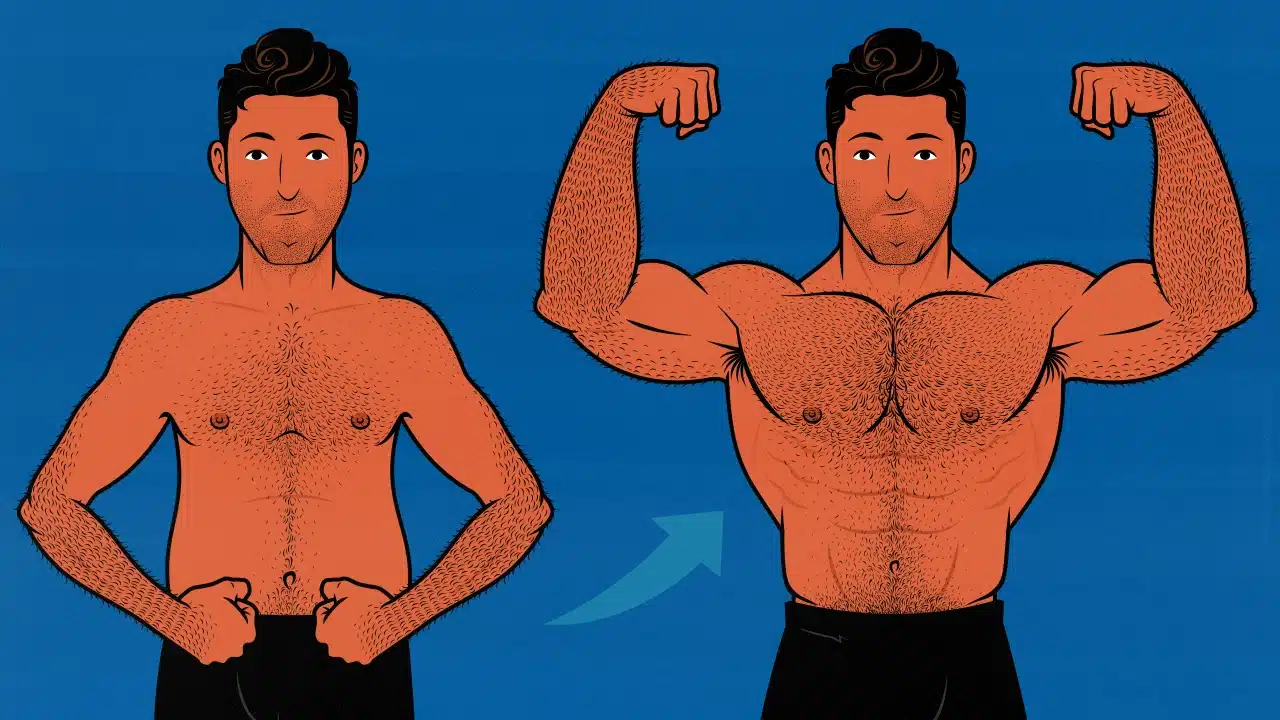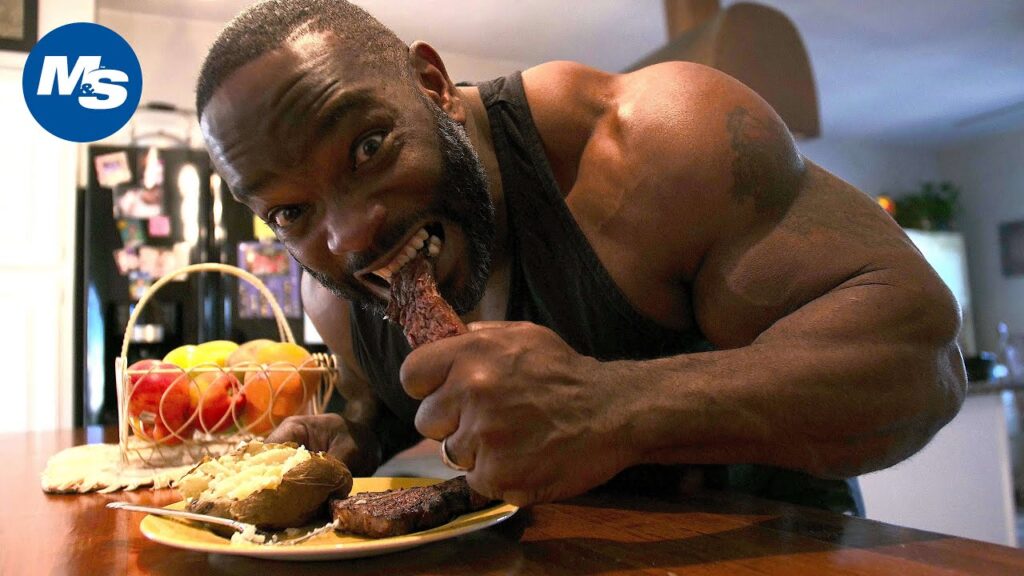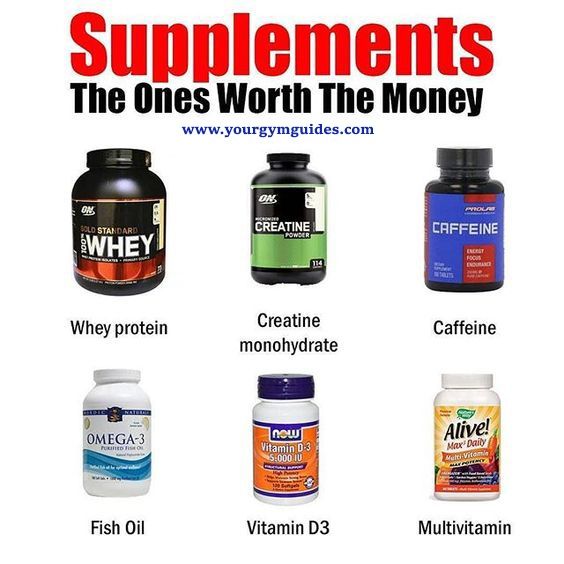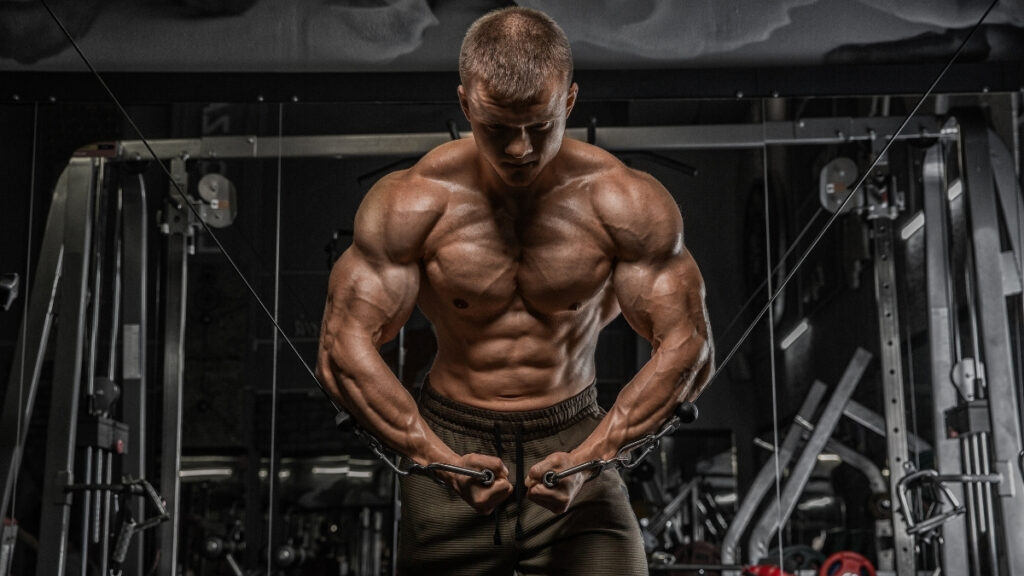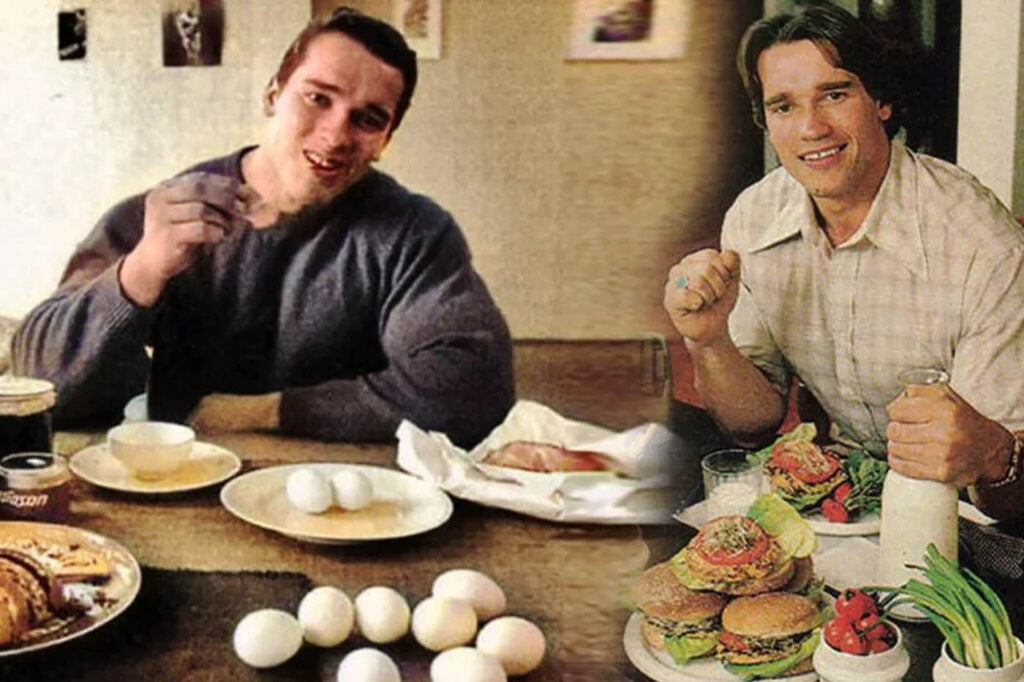To properly cut in bodybuilding, reduce calorie intake and increase cardio. Focus on maintaining muscle mass while losing fat.
Cutting in bodybuilding involves precise strategies to achieve a lean physique. The process starts with a calorie deficit, meaning you consume fewer calories than you burn. Incorporate high-intensity interval training (HIIT) and steady-state cardio to boost fat loss. Maintain a high protein intake to preserve muscle mass.
Balance your macronutrients, focusing on low-carb and moderate-fat diets. Stay hydrated and get enough sleep to support recovery. Track your progress and adjust your diet and exercise plans as needed. Avoid extreme calorie cuts to prevent muscle loss and metabolic slowdown. This method ensures effective fat loss while retaining muscle for a well-defined, muscular appearance.
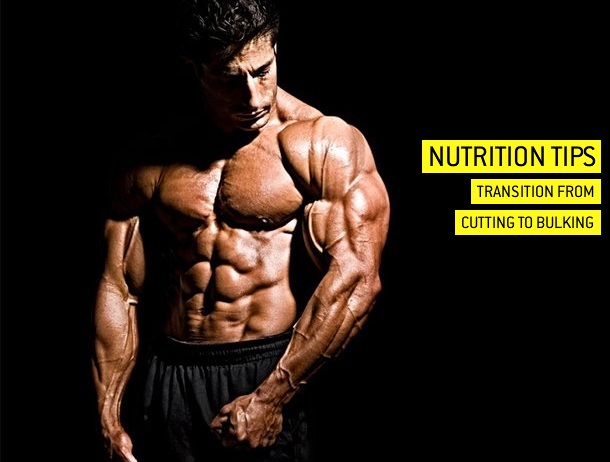
Credit: www.simplyshredded.com
Setting Clear Goals
Begin by knowing what you want. Do you aim to lose fat or build muscle? Clear goals help you stay focused. Write down your objectives. Keep them specific and measurable. For example, aim to lose 5 pounds in a month. This makes it easy to track your progress. Adjust your goals as needed. Stay flexible but remain committed.
Set a start and end date for your goals. This helps create a sense of urgency. Break your timeline into smaller steps. For instance, plan weekly targets. This makes the process less overwhelming. Celebrate small wins along the way. Each step brings you closer to your main goal.
Nutrition Essentials
Protein helps build and repair muscles. Aim for 1 gram per pound of body weight. Carbohydrates fuel your workouts and daily activities. Choose complex carbs like brown rice and oats. Fats support hormone production and brain health. Good sources include avocados and nuts. Balance your intake to avoid muscle loss.
Eat smaller meals every 3 to 4 hours. This keeps your metabolism active. Include protein in each meal. It helps maintain muscle mass. Carbs should be consumed around your workouts. They provide energy and aid recovery. Healthy fats can be eaten throughout the day.
Effective Workout Routines
Strength training is key to cut body fat. Lift weights at least three times a week. Focus on compound exercises like squats and deadlifts. These workouts target multiple muscles. Keep rest between sets short to burn more calories. Aim for 8-12 reps per set. This range builds muscle and burns fat. Track your progress weekly. Make sure to increase weights gradually.
Cardio helps burn extra calories. Include at least three sessions per week. High-Intensity Interval Training (HIIT) is very effective. It combines short bursts of intense activity with rest. This method keeps your heart rate high. You can also try steady-state cardio like jogging or cycling. Each session should last 30-45 minutes. Choose activities you enjoy to stay motivated.
Tracking Progress
Body fat percentage is crucial for tracking progress. Use a body fat caliper or bioelectrical impedance scales. These tools help you stay on track. Consistent measurement is key. Always measure at the same time of day. This reduces errors in your readings. Body fat percentage gives a better picture than weight alone.
A workout log helps you track your exercises. Write down each exercise and weight used. Also, note the number of sets and reps. This helps in knowing your progress. A log keeps you motivated. You can see how far you have come. It also helps in planning future workouts. Consistency is crucial for success.
Supplements For Cutting
Fat burners help in reducing body fat. They boost metabolism and increase energy levels. Natural fat burners include green tea extract and caffeine. They can aid in weight loss and improve workout performance. It’s crucial to choose high-quality products. This ensures safety and effectiveness. Always read labels and check for certifications.
Protein powders are essential for muscle recovery. They support muscle growth and repair after workouts. Whey protein is a popular choice for many athletes. Casein protein provides a slow release of nutrients. This helps in muscle maintenance over time. Plant-based proteins are great for vegetarians and vegans. These include pea, hemp, and brown rice protein. Always choose low-carb options for cutting.
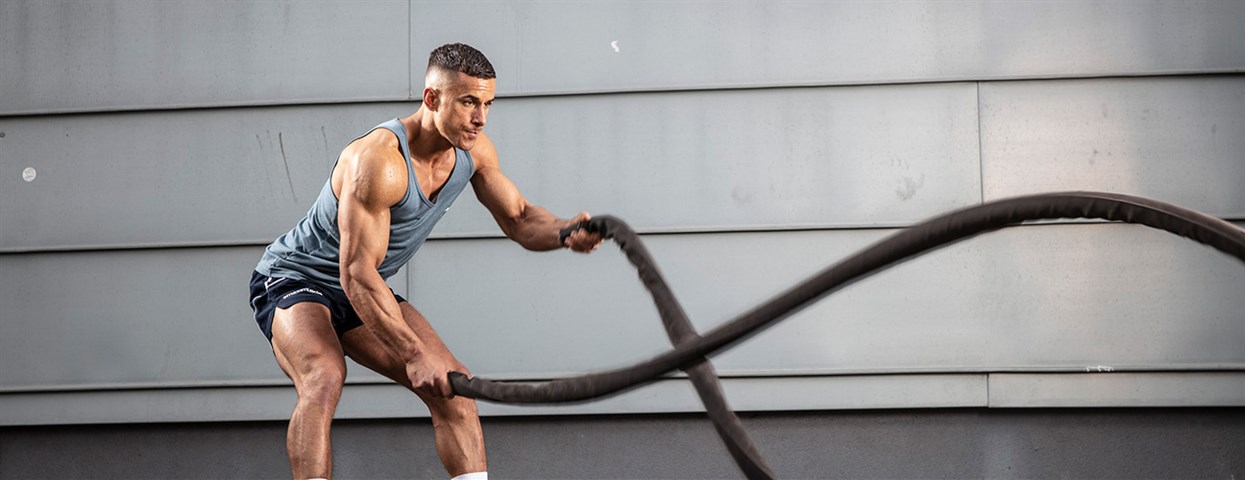
Credit: www.maxinutrition.com
Avoiding Common Mistakes
Overtraining can harm your progress. Muscles need rest to grow and recover. Working out every day is not ideal. Aim for 3-4 days of intense workouts each week. Listen to your body and take rest days seriously. Signs of overtraining include fatigue, soreness, and lack of motivation. Balance your workouts with proper rest.
Under-eating can lead to muscle loss. Proper nutrition is crucial for bodybuilding. Make sure to eat enough protein, carbs, and fats. Track your daily calorie intake. Avoid skipping meals, especially breakfast. Eating small, frequent meals can help. Drink plenty of water to stay hydrated.
Mental Preparation
Keep your goals clear and visible every day. Try to celebrate small wins to stay motivated. Find a workout buddy to keep you accountable. Surround yourself with positive influences. Use music or podcasts to stay pumped up during workouts.
Set achievable goals for yourself. Understand that progress takes time. Avoid comparing yourself to others. Track your progress with photos or measurements. Stay patient and trust the process. Adjust your plan as needed to stay on track.

Credit: m.youtube.com
Post-cut Maintenance
Post-cut maintenance ensures muscle retention and optimal health after a bodybuilding phase. Focus on balanced nutrition, adequate rest, and consistent workouts to maintain gains. Prioritize hydration and monitor progress regularly for sustained results.
Transitioning To Maintenance Calories
After cutting, start eating more. Increase your calories slowly. Aim to find your maintenance level. This helps avoid sudden weight gain. Track your food intake. Use a food diary or an app. Balance protein, carbs, and fats. Keep your meals healthy. Include fruits and vegetables.
Adjusting Workout Plans
Change your workouts after cutting. Reduce cardio sessions. Focus more on strength training. Lift weights three to five times a week. Keep your workouts intense but short. Avoid long, tiring sessions. Always warm up before lifting. Cool down after workouts.
Frequently Asked Questions
How Do Bodybuilders Do A Cut?
Bodybuilders do a cut by reducing calorie intake, increasing protein, and performing high-intensity workouts. They also focus on cardio exercises.
How Do You Properly Cut Muscle?
To properly cut muscle, reduce calorie intake slightly, increase protein, maintain strength training, incorporate cardio, and stay hydrated.
How To Properly Go On A Cut?
To go on a cut, reduce calorie intake and increase protein consumption. Incorporate strength training and cardio exercises. Stay hydrated and get enough sleep. Track progress and adjust as needed.
How Fast Should You Cut Bodybuilding?
Aim to cut bodybuilding fat at a rate of 0. 5-1 pound per week. This pace preserves muscle mass. Adjust your diet and exercise routine accordingly. Slow and steady progress ensures sustainable results and prevents muscle loss.
Conclusion
Mastering the art of cutting in bodybuilding requires discipline and precision. Follow these tips for effective results. Balance nutrition, exercise, and rest. Stay hydrated and monitor progress regularly. Consistency and patience are key. With dedication, you can achieve your desired physique and maintain muscle mass.
Stay committed to your fitness journey.


